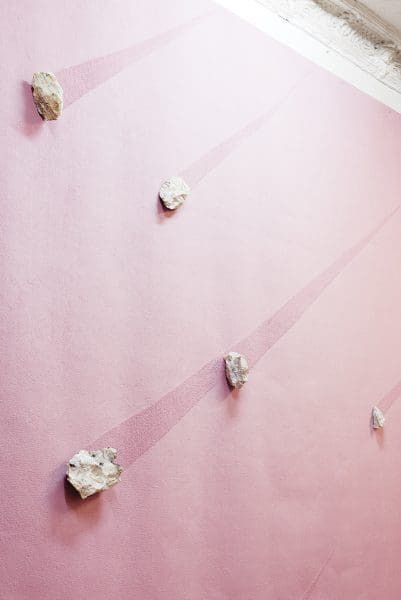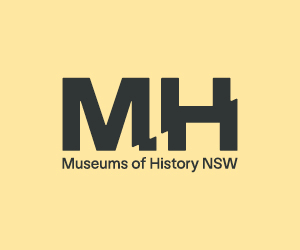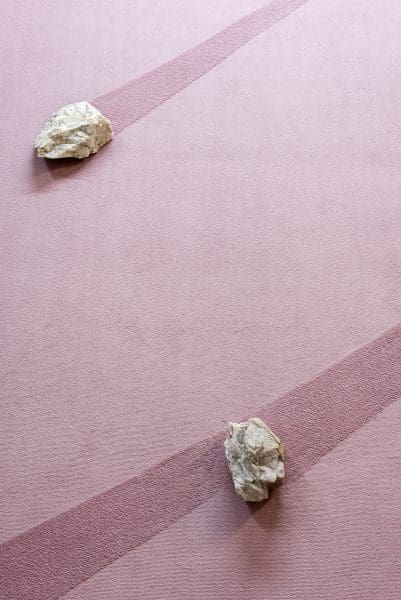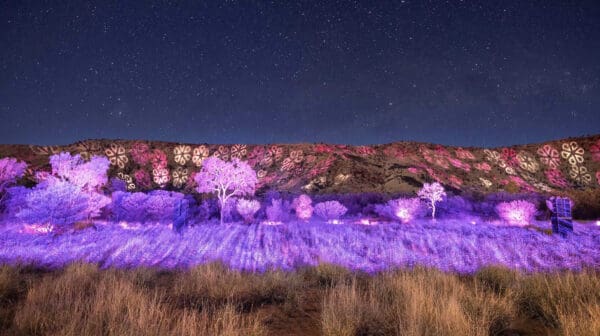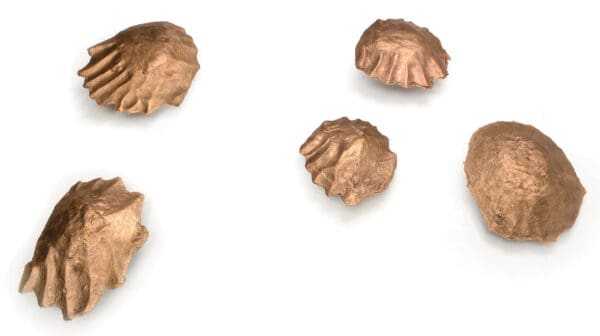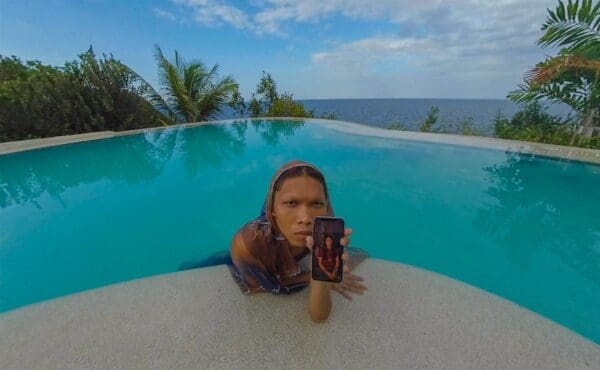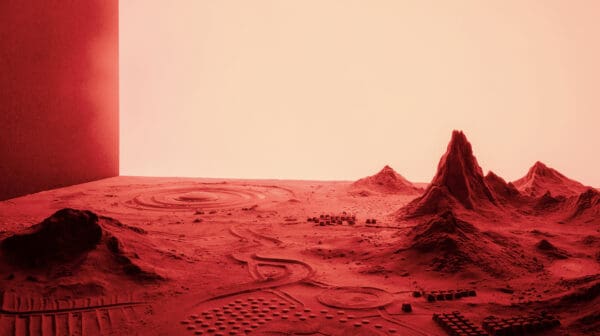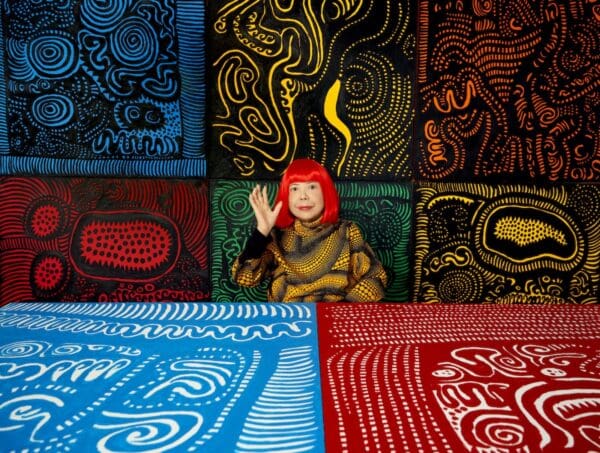
Polka dot summer: The NGV announces Australia’s largest Yayoi Kusama retrospective exhibition
The National Gallery of Victoria has unveiled their summer blockbuster exhibition for 2024–2025. Yayoi Kusama’s signature polka dots and pumpkins, along with world-premiere work, will appear in Australia’s largest retrospective exhibition of the Japanese artist.



